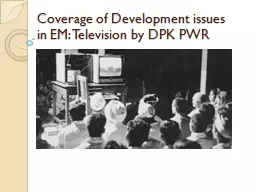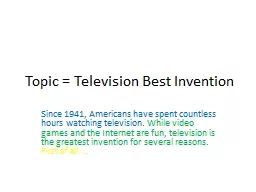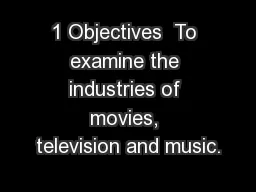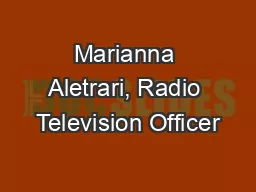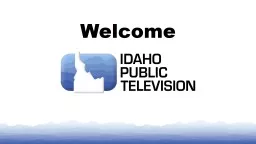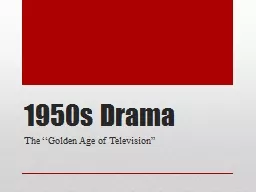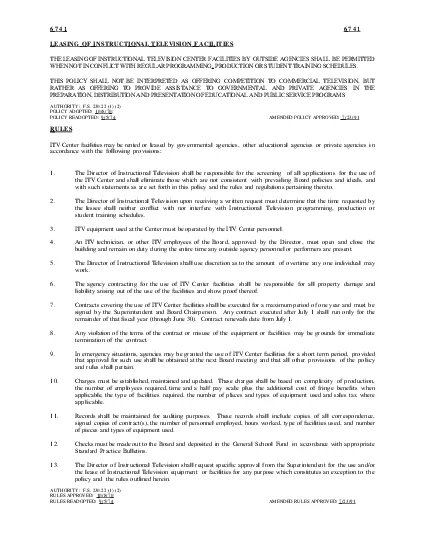PPT-Coverage of Development issues in EM: Television
Author : missingsole | Published Date : 2020-08-03
by DPK PWR Public Broadcaster Doordarshan Doordarshan began in India on 15th September 1959 as an experiment with a small studio and a transmitter with few TV
Presentation Embed Code
Download Presentation
Download Presentation The PPT/PDF document "Coverage of Development issues in EM: Te..." is the property of its rightful owner. Permission is granted to download and print the materials on this website for personal, non-commercial use only, and to display it on your personal computer provided you do not modify the materials and that you retain all copyright notices contained in the materials. By downloading content from our website, you accept the terms of this agreement.
Coverage of Development issues in EM: Television: Transcript
Download Rules Of Document
"Coverage of Development issues in EM: Television"The content belongs to its owner. You may download and print it for personal use, without modification, and keep all copyright notices. By downloading, you agree to these terms.
Related Documents

